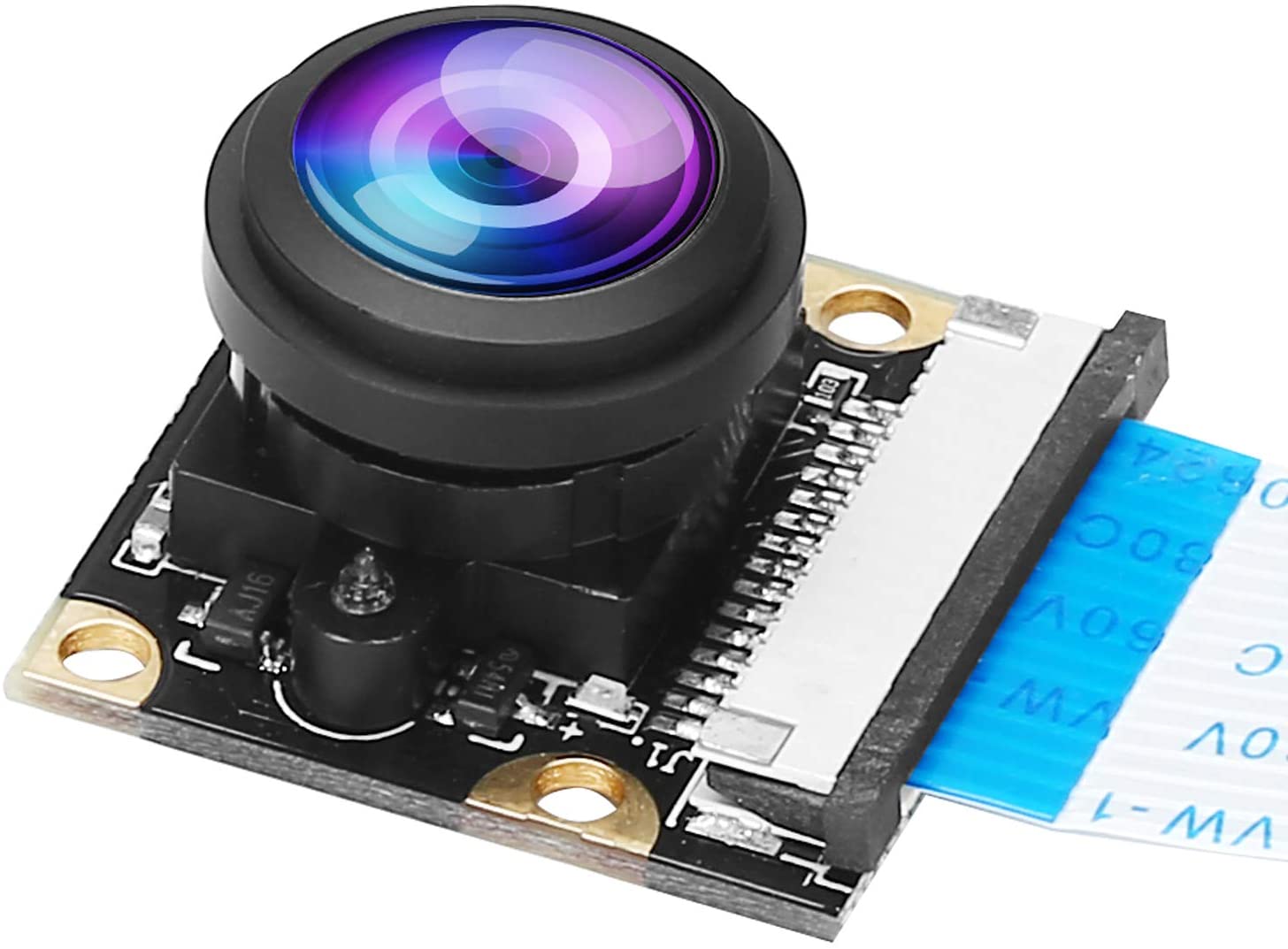

This is the base speed: 600MHz (or 0.6GHz). Divide this result by 1000 and you’ll get the speed in MHz. Open a Terminal and enter: cat /sys/devices/system/cpu/cpu0/cpufreq/scaling_cur_freq Watch your speedīefore we start overclocking, take a look at the default CPU speed.
#Lakka raspberry pi 3 update
Open a Terminal and enter the following: sudo apt update Tweaks to performance are being made all the time and you will hit faster speeds with the latest software. Make sure you are running the latest version of Raspbian OS. If you don’t have a Raspberry Pi 4 Stand, you can 3D-print or laser‑cut your own with the files on our GitHub page.Īlternatively, place your Raspberry Pi inside a case designed to manage its CPU temperature. Use the Raspberry Pi 4 Stand on the front of the print edition of The MagPi issue 90 to run Raspberry Pi in a vertical position.

This improves airflow around the components and is surprisingly effective at keeping the temperature down. We start by placing Raspberry Pi 4 in a vertical position. But overclocking is fun and potentially a way to get more from Raspberry Pi. If programs start crashing, or Raspbian refuses to start, you will need to dial back on the speed. Experimenting with overclocking will crash Raspbian, and there is a high chance your Raspberry Pi will refuse to start at some point. Your mileage will vary and, if Raspberry Pi gets too hot, it will slow right down. These are the kinds of speeds found on high-end desktop computers. We’ve experimented with speeds up to 2.147GHz for the CPU and 750MHz for the GPU (up from its 500MHz default). We can adjust the settings in config.txt to overclock both the CPU and GPU (graphics processing unit). Overclocking is the process of setting a higher maximum speed for computer components. Getting startedĪlthough 1.5GHz is its maximum speed, Raspberry Pi typically idles at 600MHz and switches to the maximum speed when needed. Experiment with a clean Raspbian installation and ensure no important data is at risk. There is a chance of corrupting the microSD card. Experimenting to find the highest stable overclock involves crashing Raspberry Pi 4.


 0 kommentar(er)
0 kommentar(er)
